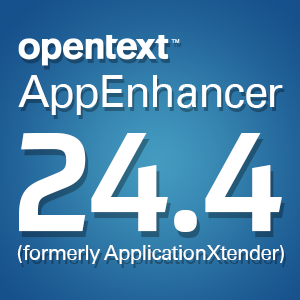Paperless initiatives accelerate with electronic document management
Friday, March 8, 2013Paperless projects are on the rise, and businesses that have adopted these strategies are already witnessing significant savings.
The coalition of companies that designed the Paperless 2013 campaign recently announced that it has added 20 sponsors to highlight paperless services, including electronic billing and invoicing, document imaging and PDF creation. Paperless solutions support process automation for businesses in a variety of industries including retail, real estate and construction. Joseph Walla, CEO of HelloFax, is optimistic about the campaign.
"Individuals, small businesses and large enterprises are looking for the best ways to go paperless," he said. "Paperless 2013 has become the momentum-builder for change that we hoped it would."
The Sampson Independent reported that Sampson County, North Carolina, has already begun to fulfill paperless initiatives by digitizing its agenda. IT director Chris Rayner explained that the transition to paperless meeting agendas was part of an objective to empower county personnel to leverage technology that could ease the labor of operational processes.
"We're trying to help our employees be a little bit more efficient in some of the things they do," he told The Sampson Independent.
Reduced work and costs
Rayner stated that the paperless strategy was also integral to achieving long-term goals of cutting back on paper and gas use. When the idea to go paperless was first considered last year, assistant manager Susan Holder outlined the potential cost savings to be had by digitizing documents and minimizing the time that staff spends on producing meeting agendas. Holder estimated that with 175 pages per agenda and 22 copies distributed to staff, commissioners and the press, the county could save a total of 3,850 sheets of paper and $385 at 10 cents per page.
She expects reduced labor to contribute to cost savings as well: Four hours of copying amounts to $61.48 in payroll. And delivering the agendas requires 86 miles of driving at 56 cents per mile, amounting to another $47.86. Holder concluded that the annual cost of the previous system totaled nearly $6,000, and she expects to save approximately $5,000 with the electronic system.
"We have the capability at this point to bring the information to you whenever you need it, or whenever you don't need it to be honest," Rayner told the source. "We're just trying to make sure that we're able to get the information to you in a timely manner using less resources than what we used before – that being man hours, gasoline, printer, ink, toner and paper."
An electronic document management system provides businesses with the ability to access files anytime and anywhere, all while reducing the firm's dependency on expensive and wasteful resources.
Brought to you by Image One Corporation providing complete information governance since 1994.




